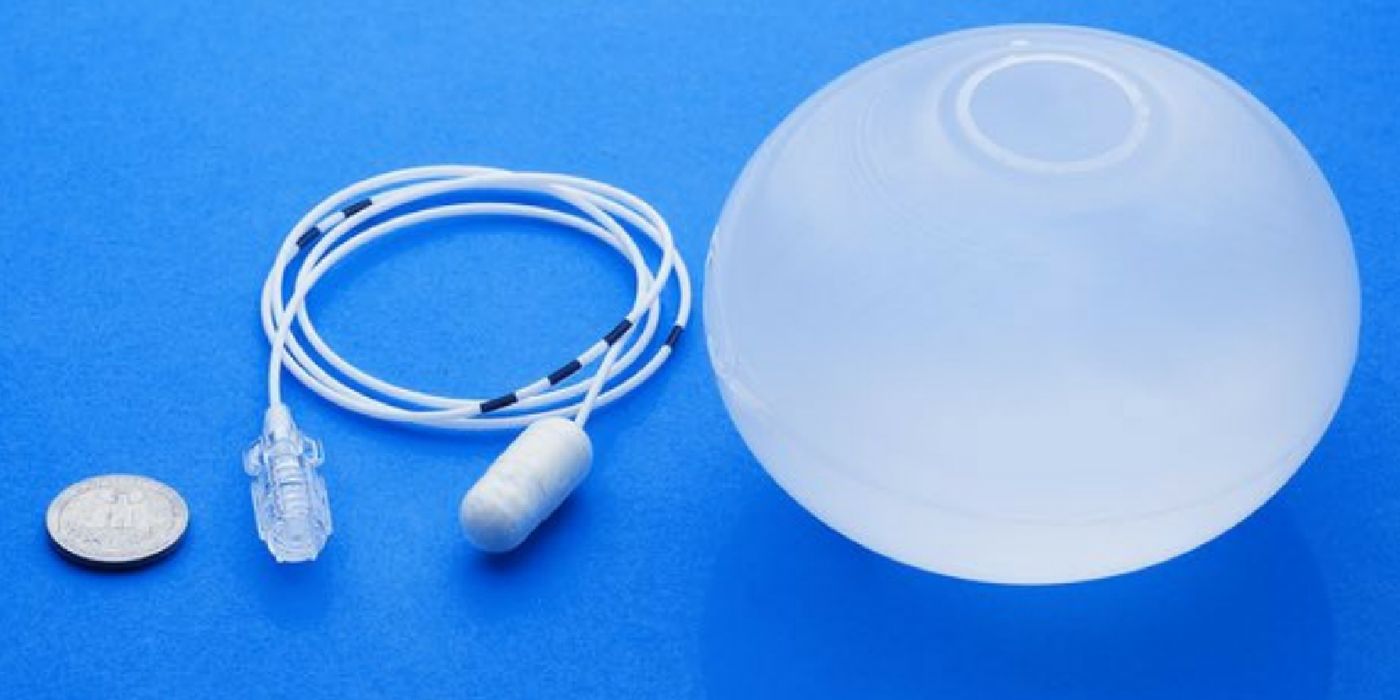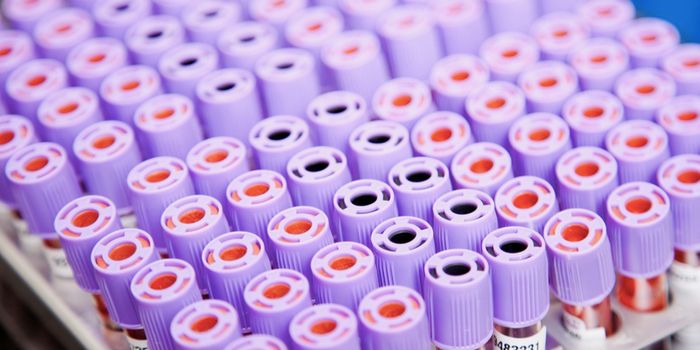A Swallowable Water Balloon For Weight Loss
Scientists have come up with a new gastric balloon for patients struggling to lose serious weight. But while similar devices are already available on the market, this is the first instance where the device is simply swallowed by the patient. This mechanism eliminates the use of invasive endoscopy and anesthesia, making it the cheapest and most efficient way to insert such a device.
The premise of intragastric balloons (IBGs) is simple: the device acts like a “space-holder” in the patient’s stomach, which improves feelings of satiety, and results in patients eating less. The device may also facilitate weight loss in other ways, but its main effect comes from helping patients reduce their caloric intake. And the results are remarkable: typical weight loss within the first six months of IGB placement is 10 to 15 percent of the body weight.
But traditional IGBs have huge drawbacks in terms of cost and ease of insertion. The procedure requires sedation as doctors have to insert the deflated balloon through the mouth using an endoscope.
The new and improved IGB would completely eliminate the need for an operation - patients can simply swallow the pill-like device. Instead of an endoscope, the pill is attached to a thin, tail-like catheter. Once the ultrasound confirms the pill’s correct placement in the stomach, 550 milliliters of water is pumped through the tube to expand the balloon. Afterwards, the tube is detached, and the water-filled balloon will make a home in the stomach for the next four months. At the end of this period, the balloon empties, and the liquid contents are absorbed while the physical balloon is excreted. In conjunction with the balloon, patients are put on a ketogenic diet which consists of about 700 kcal/day to boost weight loss.
The Ellipse Balloon was tested in a cohort of 42 patients, whose initial mean BMI at 39 kg/m2 would is classified as class II obesity. After the 4 month period, the group showed significant weight loss and a mean BMI reduction of 4.9 kg/m2, which shifts them to class I obesity.
“Because the Ellipse Balloon does not require endoscopy, surgery or anaesthesia, this may make it suitable for a larger population of obese patients not responding to diet/lifestyle treatment; and also for use by a variety of clinicians - nutritionists, dietitians, and internists - who currently do not have access to or are qualified to fit endoscopic or surgical weight loss devices. Furthermore, the absence of endoscopy and anaesthesia for placement and removal can lead to a significant cost savings," said Dr. Roberta Ienca, who led the study efforts in Italy.
Of note, the swallowable gastric balloon is a much more attractive alternative to bariatric surgery, which is invasive, costly, and potentially risky. Such procedures are typically recommended for very obese patients for whom other treatments have failed. But the new and improved IGB provides options for patients at every stage. The caveat, of course, is that patients will have to learn to keep the weight off after the balloon has done its job.
Additional source: MNT









